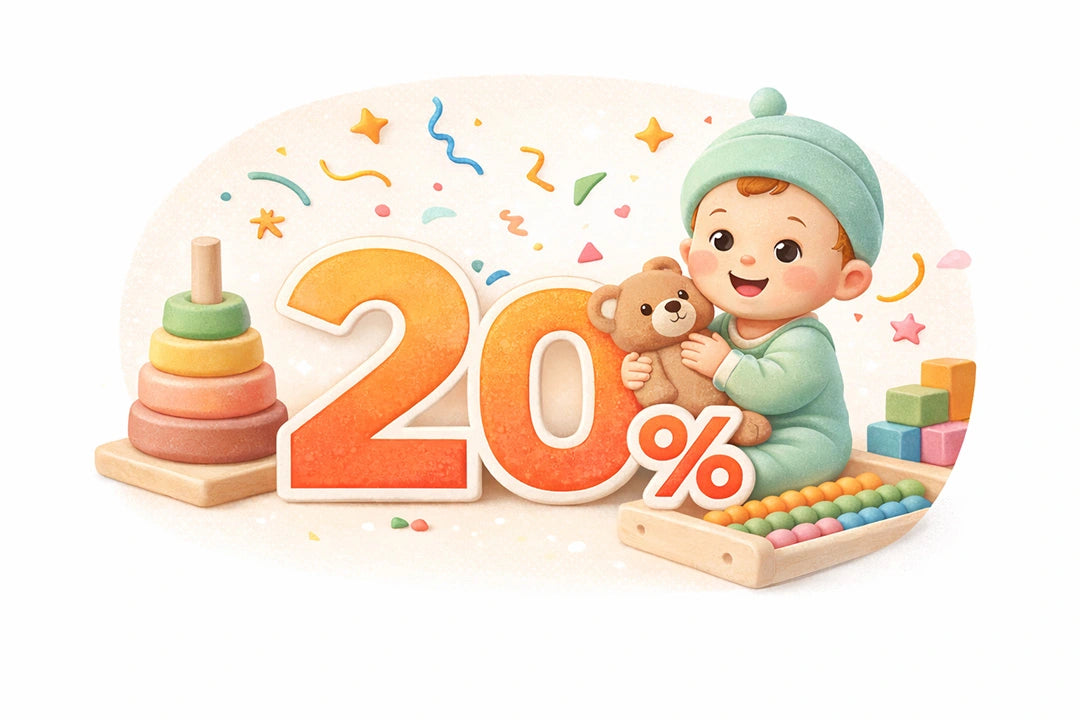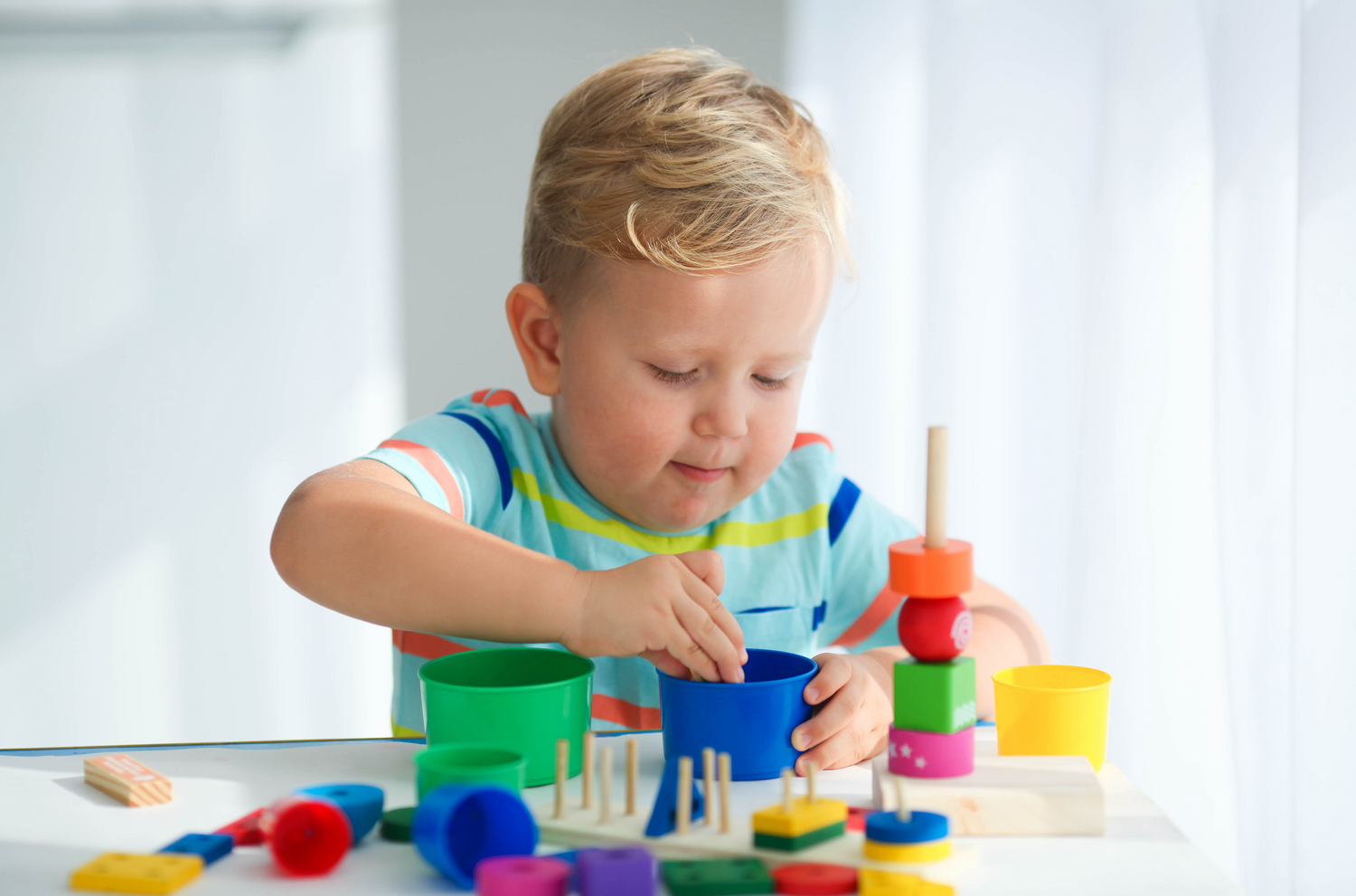Hand-eye coordination is a fundamental skill that plays a critical role in a child's overall development. It involves the synchronization of visual input with hand movements, allowing children to perform tasks that require precision and accuracy. This article explores the importance of hand-eye coordination in early development, how to improve it through play, and highlights toys and activities that promote this essential skill.
The Role of Hand-Eye Coordination in Child Development
-
Fine Motor Skills
- Hand-eye coordination is essential for developing fine motor skills, which involve the small muscles in the hands and fingers. These skills are necessary for tasks such as writing, buttoning clothes, and using utensils.
-
Academic Success
- Strong hand-eye coordination is linked to better performance in academic tasks such as reading and writing. Children with good hand-eye coordination can more easily learn to form letters, numbers, and read text.
-
Sports and Physical Activities
- Involvement in sports and physical activities often requires good hand-eye coordination. Activities like catching a ball, swinging a bat, or even riding a bike rely on the ability to coordinate visual input with physical movement.
-
Everyday Tasks
- Everyday activities such as dressing, eating, and playing all require hand-eye coordination. Developing this skill helps children become more independent and confident in their abilities.
How to Improve Hand-Eye Coordination Through Play
-
Building Blocks and Construction Toys
- Toddlers Wooden Stones: These versatile building blocks encourage children to stack, balance, and create structures, enhancing their hand-eye coordination and spatial awareness.
-
Arts and Crafts
- Toddlers Frame: Encouraging children to create and display their artwork helps improve their hand-eye coordination. Tasks like drawing, cutting, and gluing require precise hand movements.
-
Sorting and Matching Games
- Wooden Peg Board Beads Game: This game involves sorting and placing beads onto pegs, which helps develop precision and control in hand movements.
-
Interactive and Sensory Toys
- Montessori Sensory Book: Interactive elements such as flaps, textures, and moving parts in sensory books can enhance hand-eye coordination as children manipulate the various components.
Practical Tips for Encouraging Hand-Eye Coordination
-
Start Early
- Introduce hand-eye coordination activities early on. Simple games like peek-a-boo, stacking rings, and playing with textured balls can lay the foundation for this skill.
-
Make It Fun
- Ensure that activities are enjoyable and engaging. Children are more likely to participate and benefit from activities that they find fun and interesting.
-
Use Everyday Moments
- Incorporate hand-eye coordination practice into daily routines. Activities like setting the table, picking up toys, and helping with cooking can all enhance this skill.
-
Be Patient and Encouraging
- Each child develops at their own pace. Provide plenty of encouragement and positive reinforcement to build their confidence and motivation.
Conclusion
Hand-eye coordination is a crucial skill that impacts various aspects of a child’s life, from academic performance to physical activities and everyday tasks. By incorporating toys and activities that promote hand-eye coordination, you can support your child's development in a fun and engaging way.
Stay tuned for the next article in our series, where we will explore the role of play in developing fine motor skills and practical tips for encouraging this essential skill!





Dejar un comentario
Este sitio está protegido por hCaptcha y se aplican la Política de privacidad de hCaptcha y los Términos del servicio.